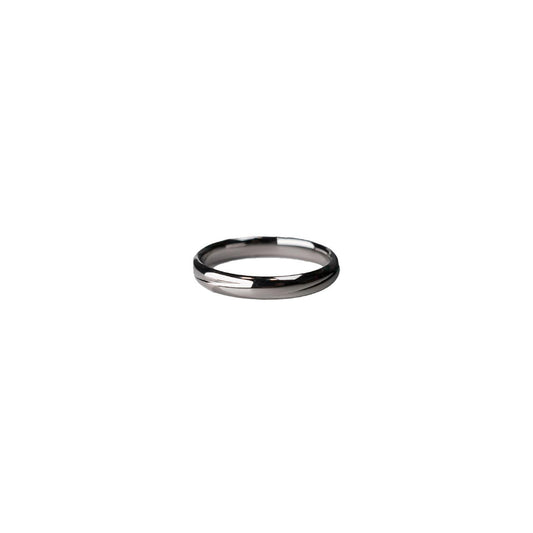The Allure of Large Synthetic Diamonds
The Allure of Large Synthetic Diamonds
Around a decade ago, if you handed someone a hefty rock and claimed it was a diamond, they might raise an eyebrow, assuming synthetic meant subpar. Today, it's a different story. The world of synthetic diamonds has been turned on its head, and larger stones are captivating more than just the ecologically conscious crowd. They offer an exciting possibility: a chance to own something with the brilliance of nature, crafted through the marvels of human ingenuity.
I remember the first time I saw a synthetic diamond in person. It was at a friend's engagement party, and her ring was the talk of the evening. I had to ask about it. "It’s not a traditional diamond," she said with a smile that defied societal expectations—or perhaps reveled in them. That piece of jewelry didn't only refract light; it shattered conventions. It was as if she wore a little piece of the future on her finger.
The making of these stones is an intricate process. Scientists have perfected methods like Chemical Vapor Deposition (CVD), producing diamonds layer by layer in a context that mimics natural conditions. These methods allow for the creation of larger gems, which previously could only be dreamt of in natural formations. The consistency and the quality of these lab-grown diamonds are nothing short of remarkable, offering clarity and size often at a fraction of the cost of their naturally occurring counterparts.
From a cultural standpoint, large synthetic diamonds are redefining what luxury means. You could argue that the desire for something purely natural and mined is more about tradition than necessity. Yet, many are beginning to see the value in diamonds that don't have the baggage of environmental degradation or the ethical concerns that can accompany traditional diamond mining. It's a bit like choosing an electric car over a gas-guzzler—not just a nod to practicality, but a statement of values.
Trends in fashion have embraced this shift, with designers experimenting with bold, oversized stones in their collections. Unlike previous eras where size might have equated to ostentation, today's oversized synthetic diamonds can symbolize a modern consciousness—an awareness and acceptance of technological advancements, sustainability, and sometimes, a cheeky nod to bucking old trends.
I can't help but think about what the future holds. The possibilities seem endless when the very nature of value, size, and origin is open for reinterpretation. Would my grandparents have scoffed at the idea of a synthetically produced engagement ring? Probably. Will the next generation even think to ask if a diamond is lab-grown or mined? Perhaps not.
Life's little ironies, like the once-believed notion that synthetic could never hold the allure of a mined diamond, keep us humble. As we continue to embrace these more inclusive options, maybe we'll realize that the shimmer of a diamond, whether from the Earth's crust or a lab, is just as beautiful if it lights up the room—and our hearts.

























